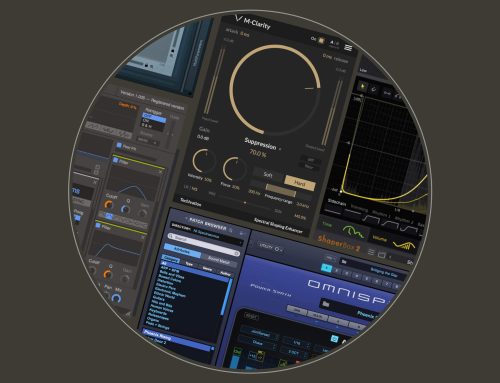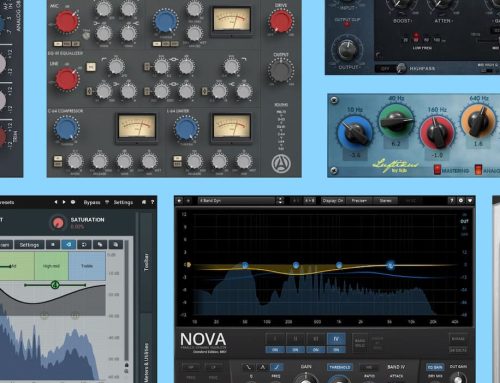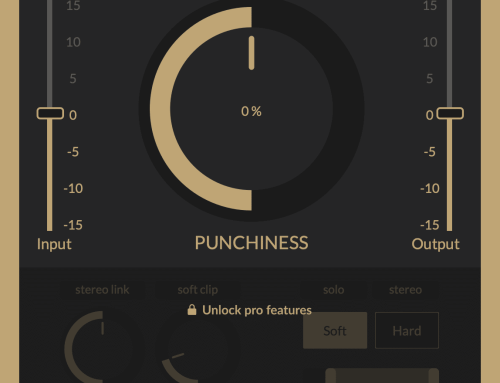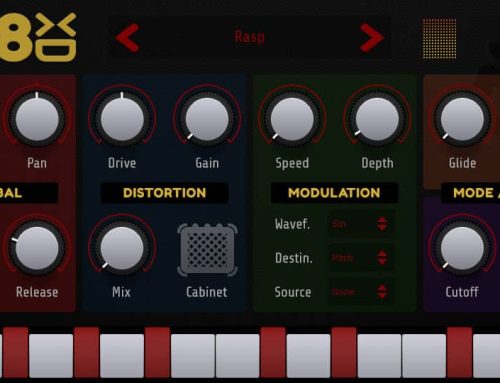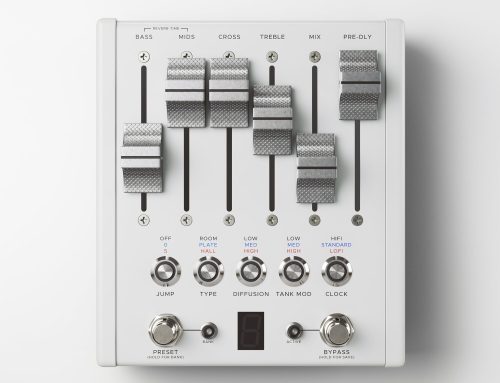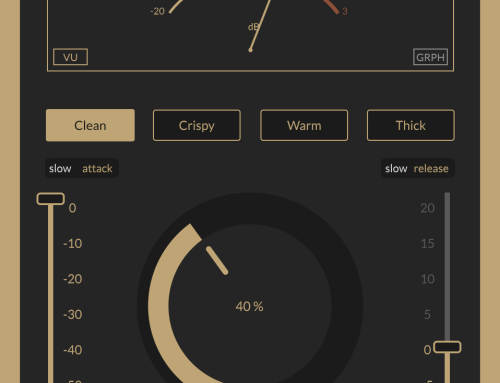A small startup from the UK is hammering out the cloning competition and are even going a step further into the unknown with incredible engineering, drive and innovation. Hammeraudio’s first attempt in microphone manufacturing is a supreme clone of the classic 70s U87.
I won’t go into the technicals of this mic as you can find them on their website http://www.hammeraudio.co.uk . Instead, I have prepared a spicy story that reveals the mic’s performance and the vision for it.
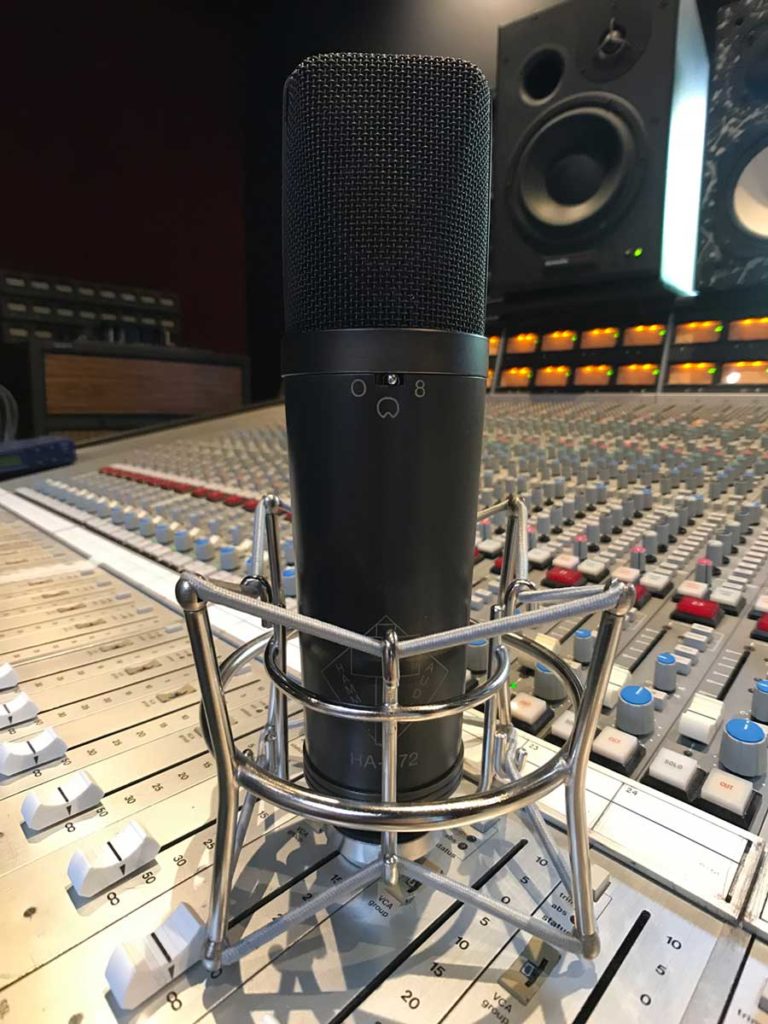
FIRST Let’s talk about clones in general and the reasoning behind them.
Diving into the reasoning why cloning companies exist can give us some hidden insight
The first reason why companies choose to clone instead of pushing forward an original product is to provide a cheaper, more accessible alternative for the everyday engineer.
For example, up until recently a decent Neumann U87 from the 70s would’ve costed you from £15,000 all the way up to £20,000 (good condition). These were very expensive and hard to find microphones. Studios and engineers often refused to sell them as they are not being made any longer.
A clone, on the other hand, would’ve cost you as little as a few hundred pounds. In most cases, the clones had nowhere near the quality and performance of the original U87s, but that was somewhat expected, as the price suggests it. Many studios and engineers though were happy to settle for the low-priced clone as they were cornered by their lower budgets. They would take the risk because maybe just this one time they’d hit the jackpot and would get lucky with a real U87-sounding clone. Sadly that almost never happened for one major factor most people ignored. Neumann themselves have 2 versions of the U87. There is an old 70s U87, which everybody wants as that is the true legend heard on countless records and there is a modern U87Ai (£2,300), which to my understanding is a different-sounding mic that performs on a completely different level. Even if you would’ve hit the jackpot with a somewhat accurate clone, in most cases this would’ve been a clone of a modern U87Ai.
The second reason why cloning is popular is so that companies can use the popularity and reputation of a great product and take advantage of the original branding. Being innovative and pushing forward a brand-new concept is becoming harder and harder as microphone manufactures are growing in numbers and the market is being saturated with choice. Profiting from the reputation of an already successful product by cloning it is somewhat the easy way forward for many companies.
If you’ve noticed earlier I said “up until recently” and spoke in past tense. The rules of the game are changing, due to the massive impact that clones have had on the market. By improving in quality, performance and value the clones have become ever more popular. Many studios prefer the more affordable clones, which has driven the prices of the original U87s down. Now the legendary mic from the 70s can be found on Ebay for as little as £1,600.
Where does HammerAudio fit in this equation?
Keeping the above reasoning for cloning, let us try and check if Hammeraudio fits the 2 criteria for a modern cloning company. To better solve the equation we need to look between the lines, take a step back and dive into the history and motives of the company.
I had the pleasure of meeting the two founders of HammerAudio. Max Gale personally delivered me an HA-872 and I took him to

The idea for the HA-872 and HammerAudio as a company were not born from people who wanted to profit and sell microphones. Max and Ed are working engineers from Silverhammer Studios who needed a great FET mic for themselves. A couple of years ago they wanted to have an original U87 from the 1970s, but they were strangled by the tight grip of low budgets and extreme inaccessibility of the legendary mic. That is back then when the U87s were retailing for up to £20,000. They bought a cheap clone in the form of a DIY (put it together yourself) kit and quickly
Back to the equation Back to the equation
Why is all of this important? Let’s look at what we know so far. The HA-872 was born from 2 working engineers, who needed an accurate U87 for themselves with a bit more functionality. After building and extensively testing their prototype in the real world many of the engineers and producers they worked with found the mic unique and wanted a piece of it. This is when Max and Ed decided to start selling the mic and HammerAudio was born as a company.
Here is the most important and telling part about HammerAudio and their product: The design, manufacturing
The HA-872 Voicing Feature

Max & Ed created the HA-872 by fixing all the mistakes in their DIY clone kit and replacing the internals. Instead of stopping there they now started thinking how they can improve the performance of the U87 in general. As great as Neumann’s legendary mic is — it still has its drawbacks, so Max & Ed wanted to tailor the mic to their specific needs as recording engineers and improve it even further. Here is where the unique HA-872 voicing feature was born.
The original U87 had a roll-off on the high-end that was inherently builtin. That gave it its legendary flat and warm character with a somewhat similar roll-off to a tape machine. This feature of the U87 limits the applications of the mic as engineers often want the shiny high-end of an acoustic guitar or a female vocal. Max and Ed wanted to build a switch that can change that high-end roll-off and expand the versatility of their newly built U87.
“You know what? We are engineers. We are producers. We use this mic every day. You get people in and I don’t want to set 4 mics up if someone is paying for time, so I can check what’s going to get the best vocal sound.”
HammerAudio HA-872 review
Max Gale, interview with Ivo Sotirov
Adding this switch in a way added a second microphone in the body of their U87 and they did it in a very clever way. Instead of just bypassing the rolloff or using an EQ, amplification etc, they used analog circuitry to change the position where that rolloff occurs. That in terns opened up the high- end when the switch was ON and gave a different voicing to the microphone.
When the voicing feature is OFF the mic has that duller and darker sound, which is a signature to the classic U87. Switching the voicing ON gives you the performance of a more modern condenser microphone, which makes it excellent for overheads, acoustic guitar etc. What makes the sound quite unique is that the mic still maintains that flat and warm response, yet it opens up the high-end without making it harsh or metallic as most modern condensers do.
Performance
We’ve been using the HA-872 in The Friary for the past 2 months and we’ve had the chance to try it on many different sources and positions.
This microphone is sounding excellent on vocals, drum overheads & room, guitar amps, acoustic guitars and even piano. What shocked me the most is the polarity switch. When moving between the different polar patterns the tonality remains more or less the same. The only change occurs in the spacial awareness of the capsule. When switching between different polar patterns you can hear different parts of the room you’re recording in, but the tonality remains the same. Now, I know this is how it should be in theory with all mics, but trust me – this usually isn’t the case. In fact this is the ONLY microphone I have ever heard that provides this feature with such consistent results!
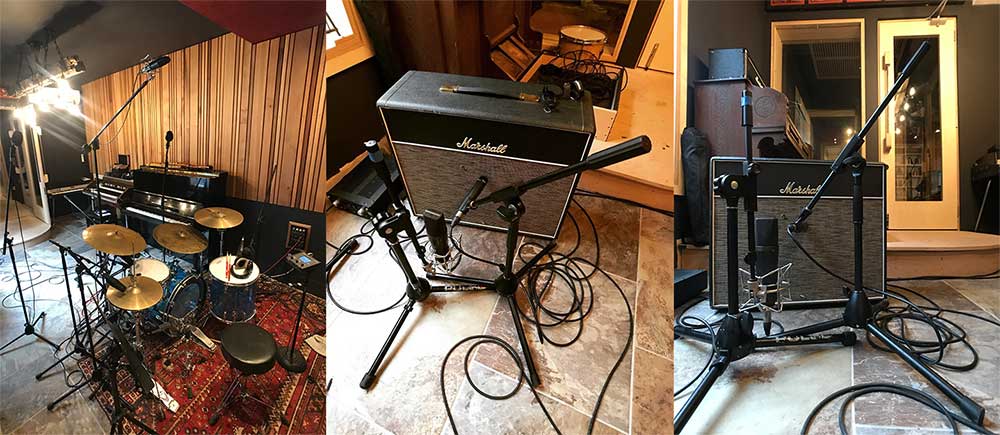
We tested the mic on everything we could find from vocals, loud amplifiers, percussion and even a candle. Yes – a candle. This a story for another day though. I can say with confidence that this is an incredibly consistent, reliable and well-performing piece of gear that will not disappoint you easily. The only applications in which I wanted to go in a different direction from the HA-872 were cases where I wanted to use the character of a very specific microphone or when I had used the HA-872 to record too many parts of the same song and I just needed sonic separation of the sounds.
HA-872 vs U87nullHA-872 vs U87

I will not make much of a sound comparison between any clone and a genuine U87 and anybody who says he/she can do it is a fool. There is no way you can find more than 1 genuine U87s that sound the same, let alone compare them with clones. These are very old hand-made microphones. Each and one of them sounds different. The only people who can say “the U87 should sound like this…” are either dead or too old to remember, because they are the people who made the first prototypes.
I will say this though – there are certain characters (good and bad) associated with the U87 and HammerAudio have paid much attention to them. The HA-872 has the same good darkness, fatness
If you are not an engineer from Abbey Road and you can’t afford a selection of 20 different U87s maybe you should think twice on where you should spend your money. If you buy the 50-year old U87 be sure that the mic will sit in the repair shop most of the time. This is why the guys at Abbey Road need a huge selection. As soon as a U87 goes bust, they take it out of the rotation and have another one ready to go. If you need a single U87 that will be reliable, consistent and whey more versatile than an actual U87 maybe you should get in touch with HammerAudio.
Drawbacks
One apparent drawback is the shock-mount for the mic and not because of its functionality. The shock-mount actually performs great as it holds the mic tightly yet it has minimal surface area touching the body of the mic. What bugs me is purely the design of it. This is the only part in the package that HammerAudio is not designing or manufacturing, but are buying from a third party. A matching finish to the mic would be great for their new upcoming product. Again, the current silver shock-mount has no negative effects on the performance of the mic as its
Packaging
The HA-872 comes in a dark aluminum case with the HammerAudio branding on a metal plate. The mic, shock-mount and case strap sit tightly wrapped in a generous amount of high-quality foam in the padded case. A bonus which very few companies include is an XLR cable. Don’t get excited as the cable is not one of the highest quality — “Stagg”. Max told me they got 50 of those cables as a bonus, and they decided to give them away with the mics. You’ll probably be safer using your own cable, but this is certainly a nice touch from HammerAudio. Lastl,y in the case you’ll find a 3-year manufacturer warranty.
Build Quality
The mic is heavy and you have to love a heavy mic. I’ve seen many clones out-there that have a promising design, but as soon as you hold them in your hand and feel the light construction — the face of disappointment inevitably comes. Like I said this is not the case with the HA-872 as its dark solid heavy metal body suggests.
Price
The current price of the HA-872 is around £1300. Shipping is free even to the US. Keep in mind the parts for a single microphone cost around £600. The other £1,000 go for building the mic by hand, shipping and running costs for the small company. The 2 founders don’t really make any significant profit that can retire them to the Caribbeans and you should take advantage of that. Hopefully as the company grows the manufacturing prices will go down and both us (the consumers) and Max & Ed will have happier days.
So is HammerAudio a cloning company?
The answer for me is NO and I’ll explain why.
Sure, the HA-872 on its own is a brilliant clone, as it performs incredibly accurate to a classic U87. However, taking the voicing feature in consideration makes the mic, a novelty of its own.
The next microphone coming from HammerAudio will take this concept even further as the founders have decided to expand on their own vision and somewhat abandon the cloning business. Their upcoming microphone will have patents for unseen technology. It will have a whole tube (military grade tube used in self-guidance missiles) and 4 circuit boards all fitted in the same body as the HA-872. As Max himself described it — “this new concept will give you 4-5 different mics in the body of one.”
Judging by their first product (The HA-872) I am convinced the two founders of HammerAudio will give us nothing short of excellence and mind-blowing performance in the upcoming future of the company. These people are not taking chances with the performance and quality of their products as recording engineers often aim for details and perfection.


Ivo Sotirov – Sound Engineer and Music Producer

